The MCU and Change in Direction
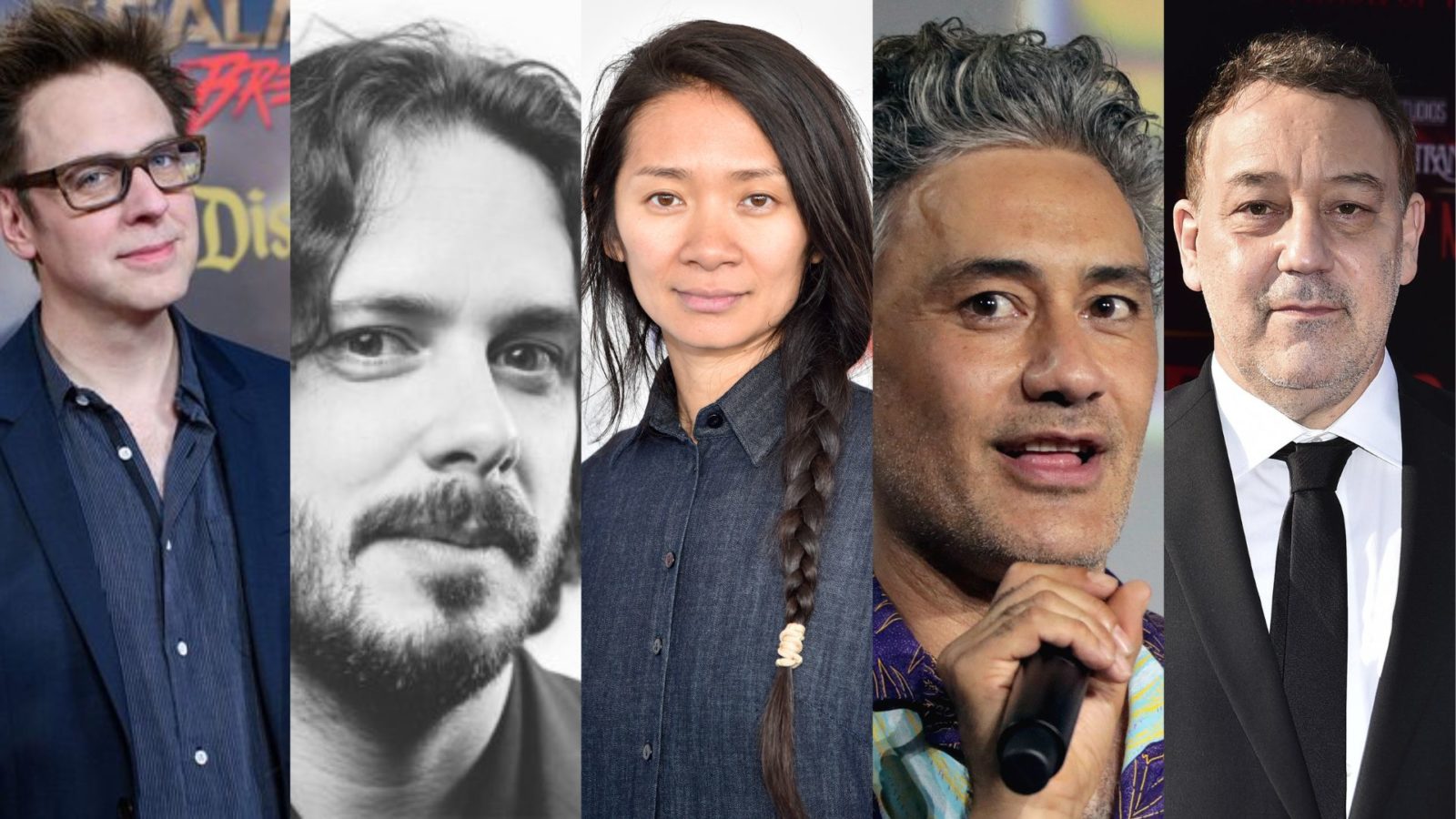
It’s no secret the Marvel Cinematic Universe has changed significantly since Iron Man first debuted in 2008, but there has been an interesting trend in how the direction of the MCU is continuing to develop. About a month ago, I heard someone close to me say, “Multiverse of Madness is a Sam Raimi movie first and an MCU movie second.” This stuck out to me, because it was true. However, it’s not the first to feature a director’s style at the forefront in the MCU, and it’s becoming more and more common. Let’s take a look at some examples.
“Multiverse of Madness is a Sam Raimi movie first and an MCU movie second.”
Early Stages
To really dive into where this kind of trend began, we first have to look at the MCU in its early stages. Movies like Iron Man, The Incredible Hulk, Thor, etc… all seemed to have similar formulas and styles in how they were portrayed. The action packed origin story of a superhero. Learning a bit about who they are, their villain, how they became the hero they are. The basic stuff that’s somewhat needed to lay down the foundation for what the franchise was going to evolve into. One thing to note though is that there were not any incredible differences in them stylistically that stood out.
Guardians of the Galaxy
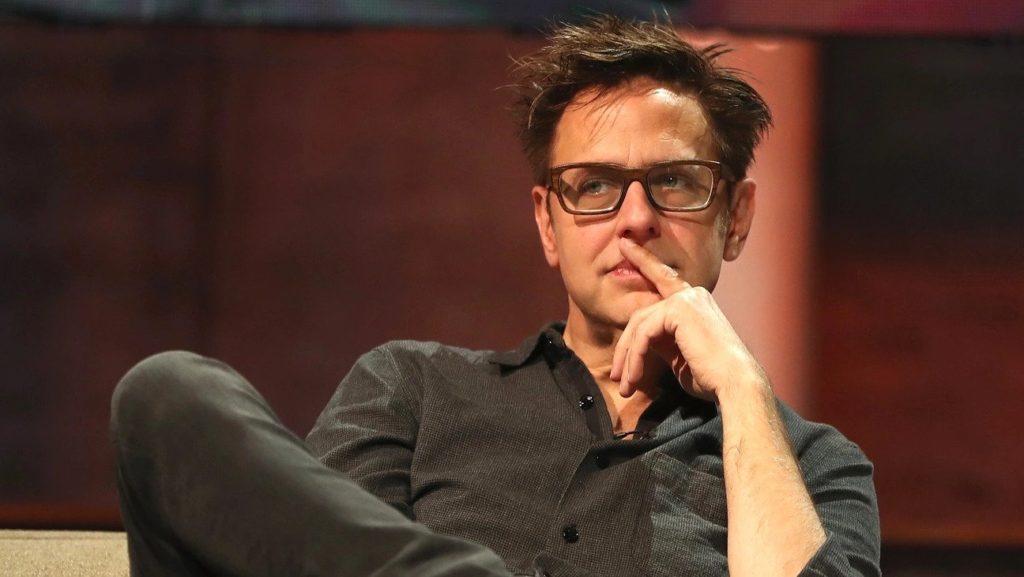
Moving forward a few years, we get our first taste of an MCU origin movie that absolutely stood out as the product of its director first. Guardians of the Galaxy releases in 2014 to both critical and audience adoration for a ragtag crew of space criminals that the casual Marvel fan had probably never heard of. James Gunn, according to tvtropes.com, is known for his use of “dark humor, obscure characters and references, and underlying themes of hope and optimism.” Some other themes we see in his other works are some very silly humor that pops up at unexpected moments. We see all of this heavily leaned into in Guardians and Guardians of the Galaxy 2 later down the line. The movie was chock full of humor, obscure characters and a slew of actors that he often brings in for his films, such as Michael Rooker, Sean Gunn, etc…
Ant-Man

There’s not a person out there that can argue with the fact that letting James Gunn do James Gunn things was the right move. Before we get into some others, we have to take a look at what could have been. In 2015 Peyton Reed’s version of Ant-Man hit theaters to positive reviews. It was a perfectly fine film that played its role in setting up how important Ant-Man would be in the MCU. Originally, another name was tied to the film though. Edgar Wright had been working on the script for a long time, but due to complications was forced to exit the project. Edgar Wright directing Paul Rudd as Scott Lang feels like a match made in heaven. However, it wasn’t meant to be.
Thor: Ragnarok
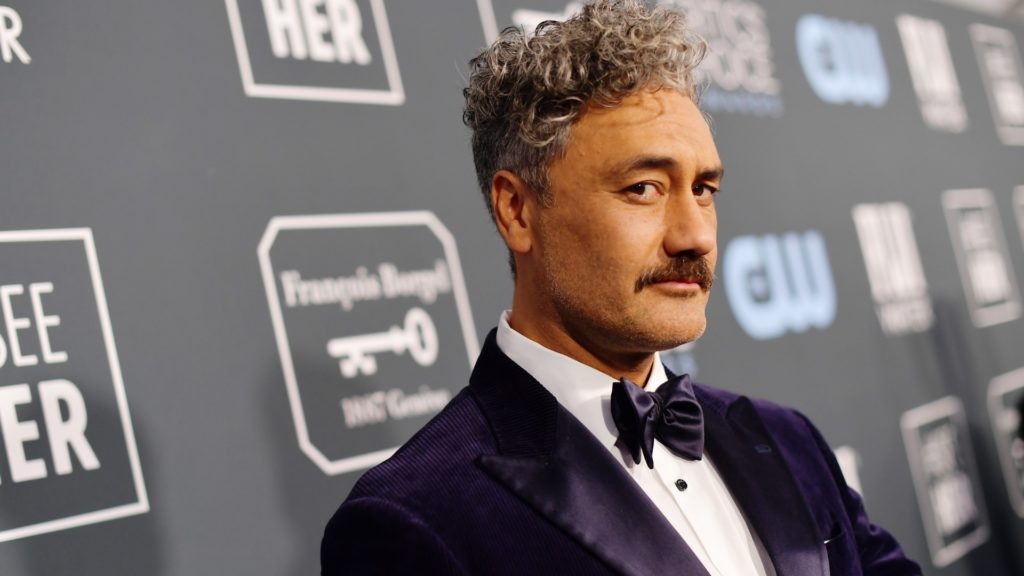
In 2017, there was a double dose of goofiness. Along with the aforementioned James Gunn’s Guardians of the Galaxy 2, we saw a pretty massive shift in the world of the God of Thunder with Thor: Ragnarok. After Thor: The Dark World was universally panned by critics and audiences alike, the MCU felt it needed to breathe new life into the Asgardian. Enter Taika Waititi. Waititi brought his style in full force to the franchise. It was almost a shock after seeing how Ragnarok, the event, was portrayed in Avengers: Age of Ultron. However, Waititi brought his trademark campiness, unique storytelling, and including himself in the film. Waititi has a tendency to make you care for side characters by making them charming and likable as well. It was easy to see Ragnarok as a Taika Waititi movie first.
Phase 4
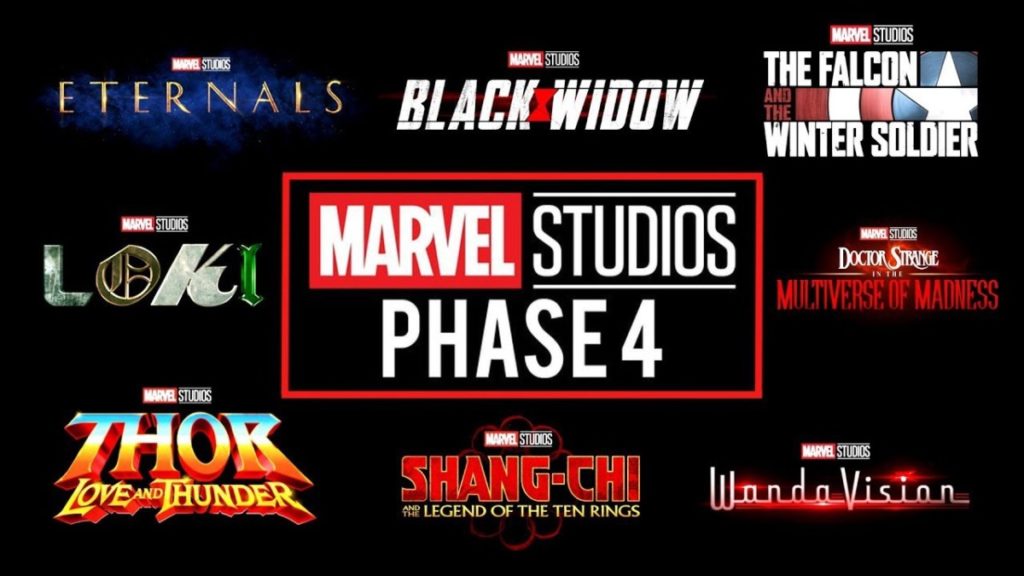
Now let’s take a look at Phase 4, where this trend is starting to take more shape and become blatantly obvious. The most recent four movies in the MCU have been Eternals, Spider-Man: No Way Home, Dr. Strange in the Multiverse of Madness, and Thor: Love and Thunder.
Eternals
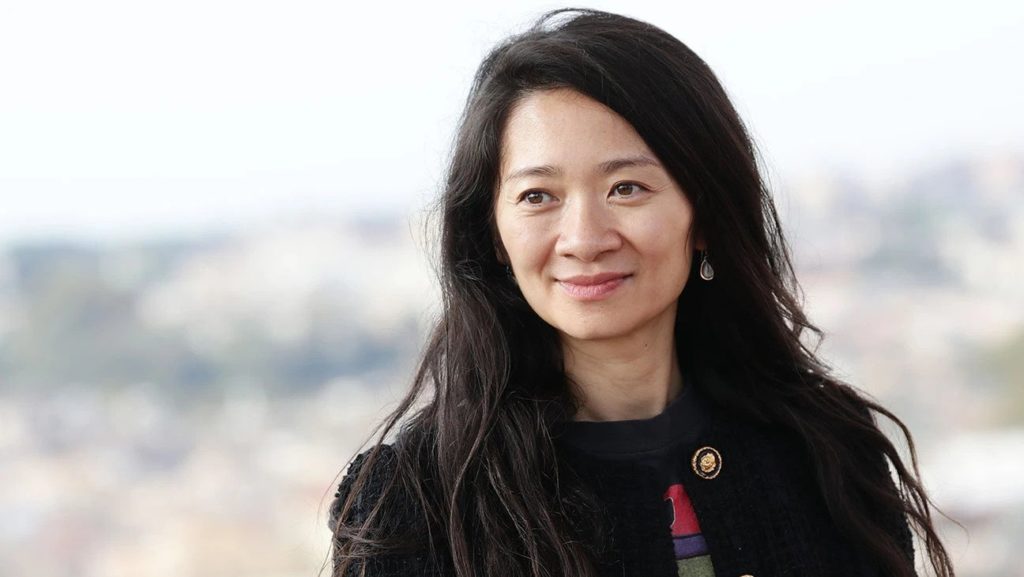
Eternals is the first of the newest wave of clear director first style. Chloe Zhao has a very specific style in terms of using wide angle lenses, using naturally beautiful landscapes, and bringing connections between her characters and audience as focal points. She brought her independent film style with her to the Marvel Cinematic Universe, with a massive budget to allow for stunning visuals to accompany her focus on storytelling. The pacing was also slower than we normally see in an MCU film, which is typical within indie films. The slower pacing also gives Eternals the longest runtime of any standalone non-team up film in the MCU to date.
Spider-Man: No Way Home
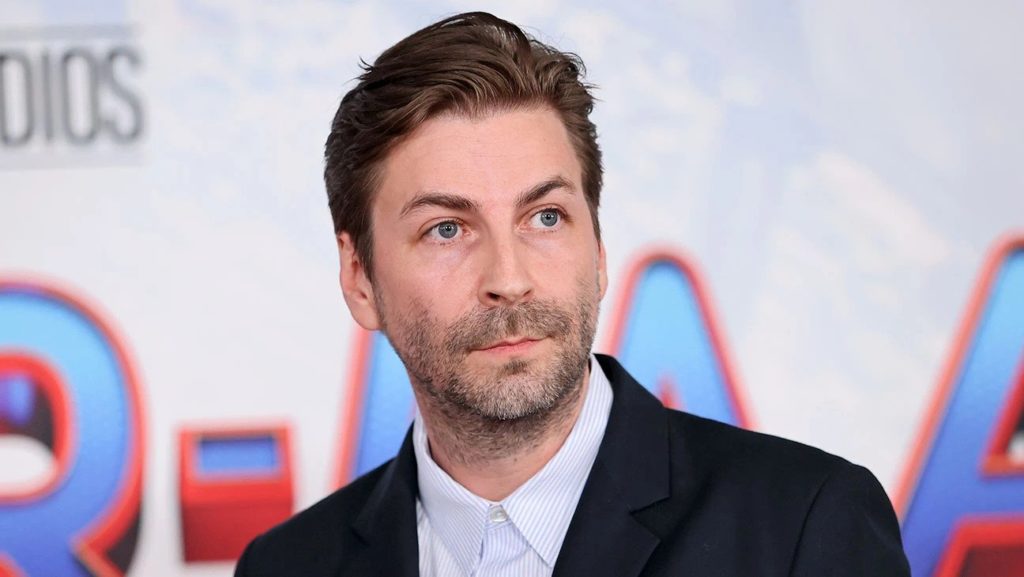
Spider-Man: No Way Home is slightly different in that it got an under the radar indie director in Jon Watts. Stylistically it keeps consistent with the rest of the trilogy, which he directed. The MCU may have been more of a device for Watts to find his style than bringing his style to the MCU.
Dr. Strange in the Multiverse of Madness
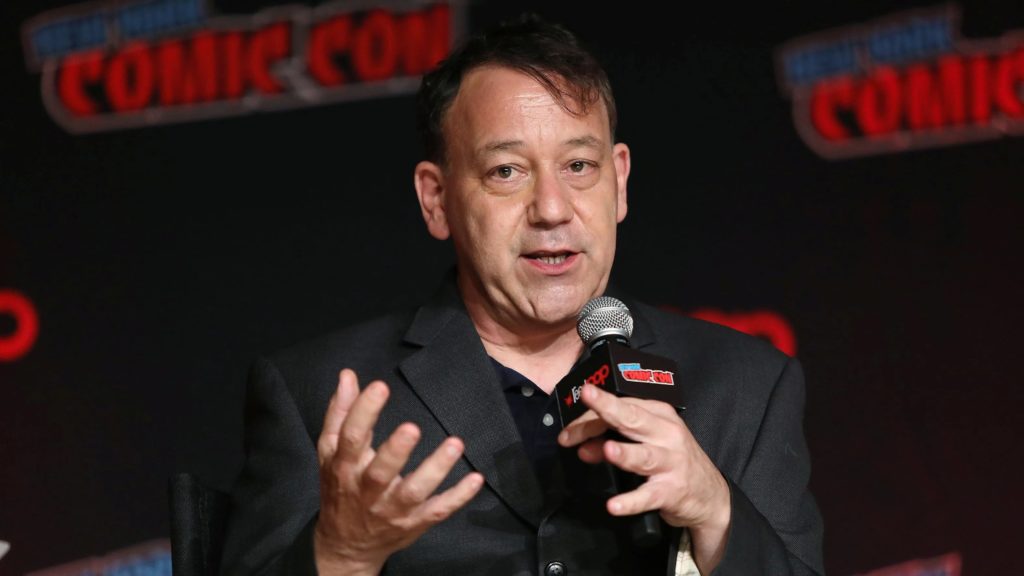
Dr. Strange in the Multiverse of Madness was a Sam Raimi film through and through. Bruce Campbell aside, there were many common themes and styles that Sam Raimi is known for that shined bright in this film. Horror elements are an obvious trademark to Raimi’s style, and Dr. Strange 2 took those elements and ran with them. From the resurrection of a dead version of Strange for him to use, to the moments Wanda pops out of the shadows with her demonic facial features. The horror was all there. Speaking of Wanda, one thing that is common in Sam Raimi films is the use of a familiar antagonist. A villain that has a pre-existing relationship with the hero. This isn’t necessarily uncommon in superhero stories in general, but Sam takes it a step further with Wanda having teamed with him against Thanos. It’s important to point out Raimi didn’t write the screenplay, but the theme is still there regardless.
Thor: Love and Thunder
Lastly, Thor: Love and Thunder took the trademark style that Taika Waiti brought to Thor: Ragnarok and turned it up a notch. The use of classic rock music, the campiness, the amazingly vibrant cinematography, all of it. He is the perfect director to feature The Guardians of the Galaxy in Love and Thunder, because his style doesn’t clash with the character development James Gunn has been building. Quite the opposite, his style is complementary to Gunn’s.
After looking at how similar and almost formulaic the early days of the MCU were, it’s almost night and day to where the franchise is now. When you looked at movies like Iron Man, The Incredible Hulk, etc… from the early days, you could clearly tell they were in the same cinematic universe. Now, compare Eternals and Thor: Love and Thunder. They are so vastly different, it makes you wonder if they could ever tie them together to make sense, if needed. This isn’t necessarily a bad thing since we’ve moved on to a somewhat post- Avengers world with no major team ups in sight at the moment, aside from the Thunderbolts.
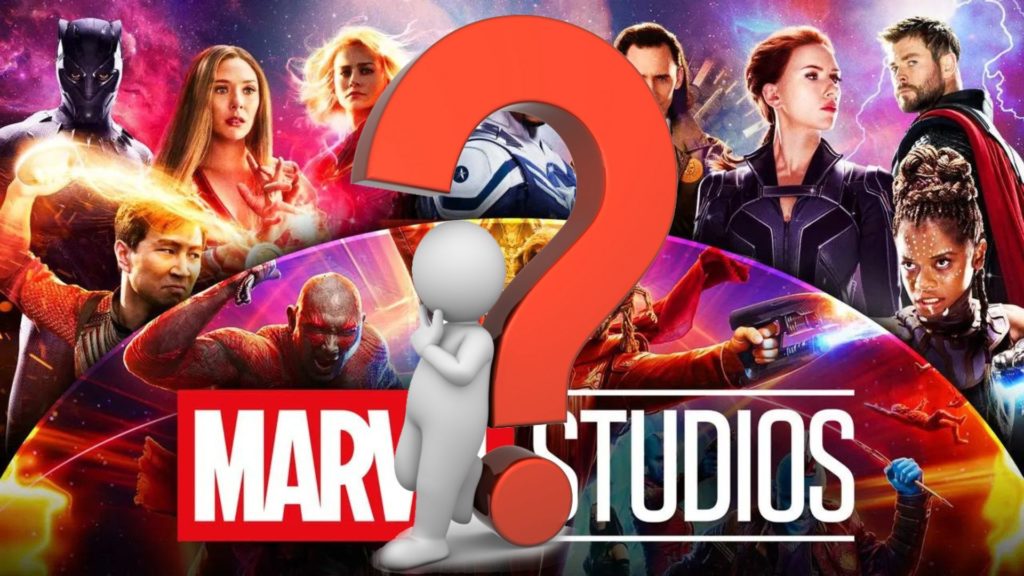
It’s interesting to see where the MCU is at, but even more interesting to think about what’s to come. What directors could possibly pick up an MCU movie and make it truly their movie first, and it be an interesting combination?
–
